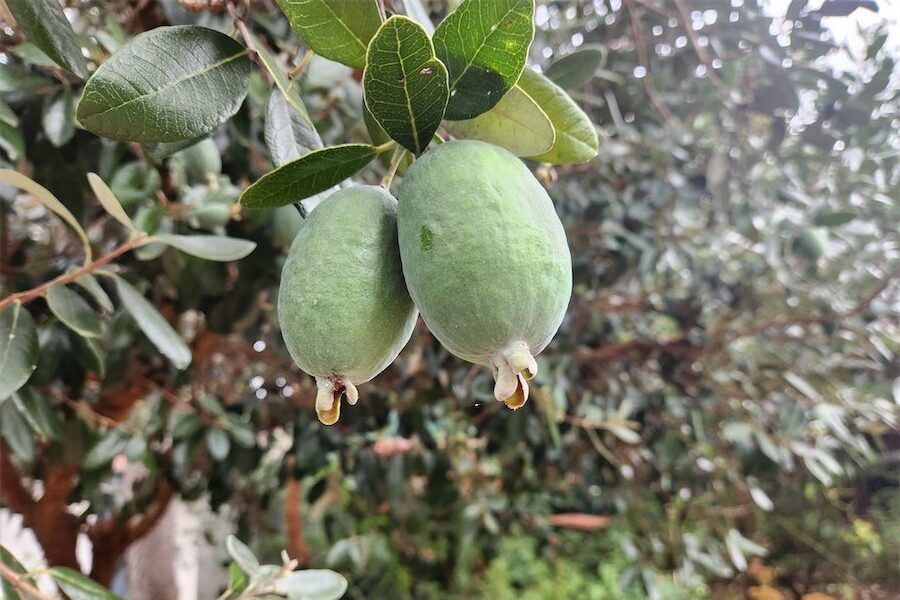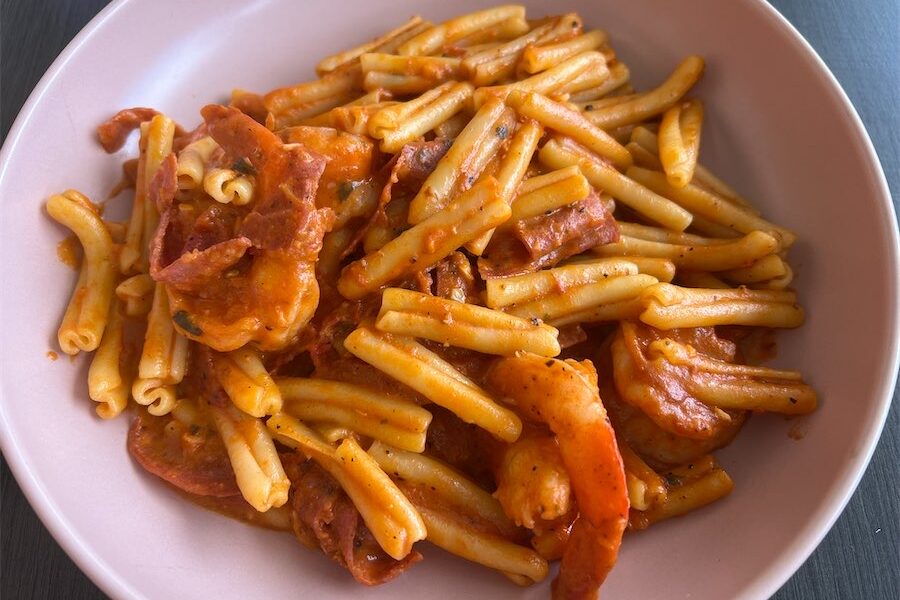
Now’s the time to get garlic into the ground, with the general tip to plant around Mother’s Day and pull around Father’s Day, says gardening writer JACKIE WARBURTON.

TURN the weed-free soil over to a spade depth and make sure there’s good drainage as garlic cloves (Allium sativum) don’t like root competition.
Garlic needs at least six to eight hours of full sun a day through winter. It has a long growing season and doesn’t like to be disturbed during that time.
Plant individual cloves, seven to 10 centimetres apart with the pointy end up. I plant garlic in my rose garden because yard space is limited, and it attracts beneficial insects. It can also repel aphids, weevils and spider mites.
During winter, applying nitrogen-based fertilisers can help increase the bulb size before harvesting in spring.
There are two main types of garlic to grow, and they are either soft neck or hard neck.
Soft-neck varieties have no flowering stems and produce 10-13 cloves per head and store well.
Hard necks produce a stem and centre flower stalk that can be harvested to make pesto and added to salads, stir-fries or preserved in oil.
Removing the stems before the flowers open will push more energy to the final stages of the bulb growing. Harvest a few weeks later when there are at least 8-10 sets of leaves and they have begun to die down.
Garlic needs to cure and dry for a few weeks before storing and it’s best to dry them out of direct sunlight with lots of airflow. I use an old washing basket and thread the leaves through. The bulbs are separate and dry on the outside of the basket.
A wet winter can cause the bulbs to rot, so protect them from too much rain if needed. I have had the most success with Monaro Purple garlic and last year planted 800gms and my profit yield was 1.5 kilograms, a year’s supply of garlic and enough cloves to replant in the garden.

NOW’S the time to prune or divide any herbaceous perennials to the ground after flowering and give the garden a good tidy up before the big frosts come in the next three months.
Herbaceous plants are identified as plants that don’t have hardwood stems, flowers and grow to their maximum growth in one year. They die back in winter with underground roots still alive and will reshoot in spring.
Most perennial material is suitable for composting or putting through a chipper and this soft material then can be added to the compost pile to break down over winter.
Divide clumping plants using a fork or sharp spade to dig the entire plant out of the ground and cut up to make smaller plants, place a few plants back into the soil and pot up a few.
Herbaceous plants such as chrysanthemums are a popular Mother’s Day gift. There are new compact, dwarf varieties that only grow to 60 centimetres with longer, showy flowers. My favourite this year is Monza Red, a terrific indoor plant. It flowers for several months and when it’s finished, cut back hard and plant in the garden for flowering next year.
It likes an acid soil and full sun, but protection from the hot afternoon heat. They fill a good space in the autumn garden with their bold splash of colour.
Jottings
- Plant seedlings of broad beans, Asian greens, leeks and onions.
- Prune grapevines.
- Fertilise lawns.
- Reduce irrigation to garden beds and pots as the weather cools.
Who can be trusted?
In a world of spin and confusion, there’s never been a more important time to support independent journalism in Canberra.
If you trust our work online and want to enforce the power of independent voices, I invite you to make a small contribution.
Every dollar of support is invested back into our journalism to help keep citynews.com.au strong and free.
Thank you,
Ian Meikle, editor









Leave a Reply